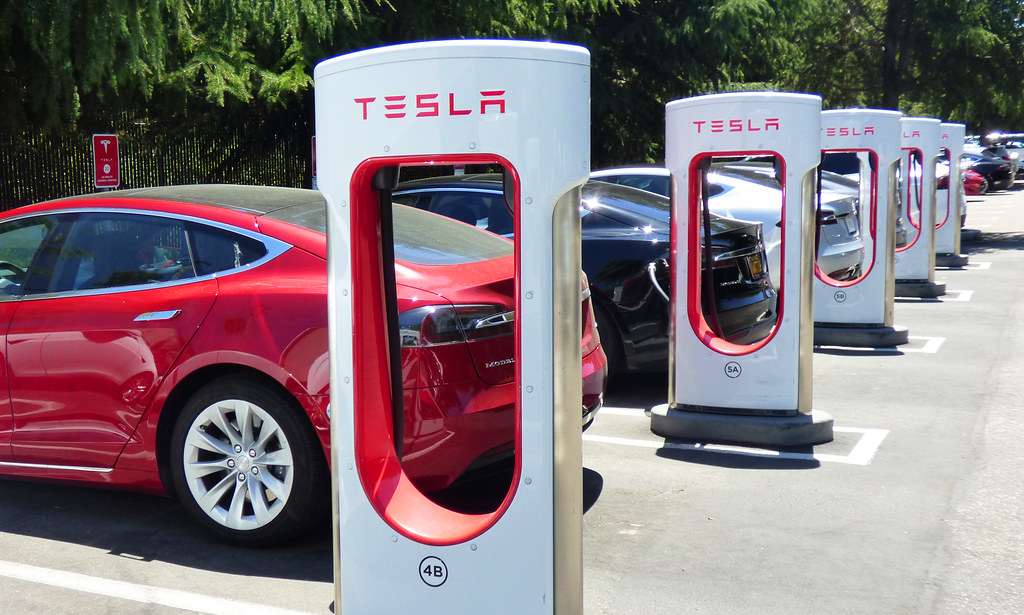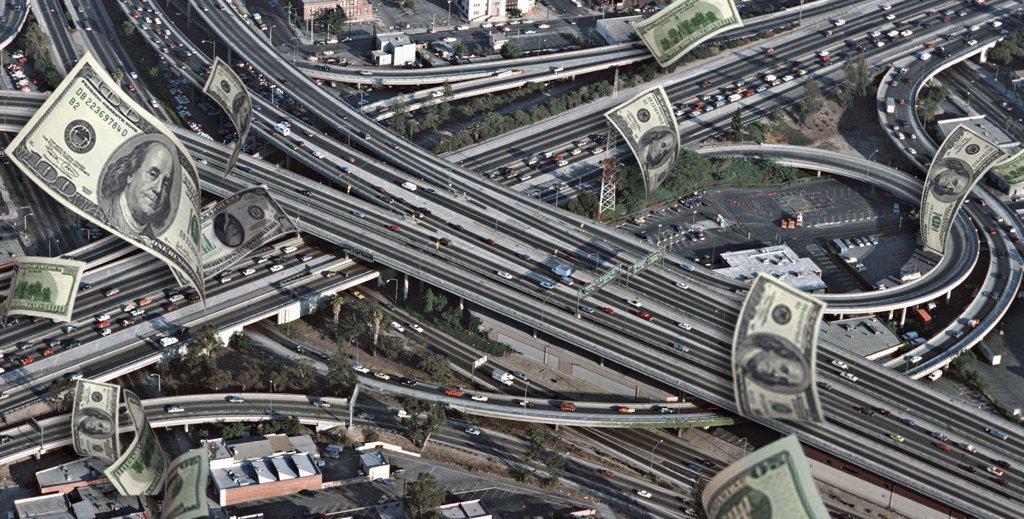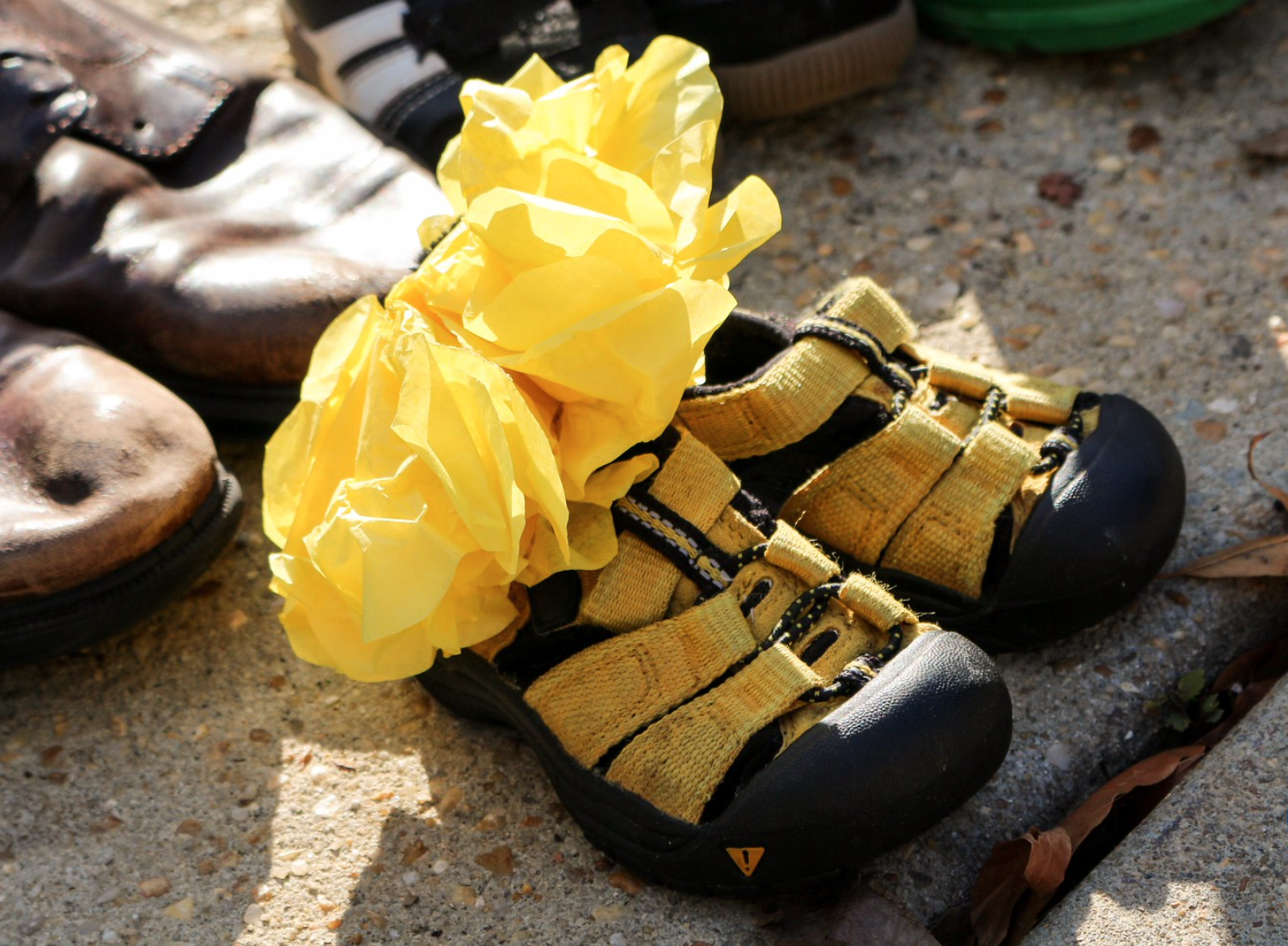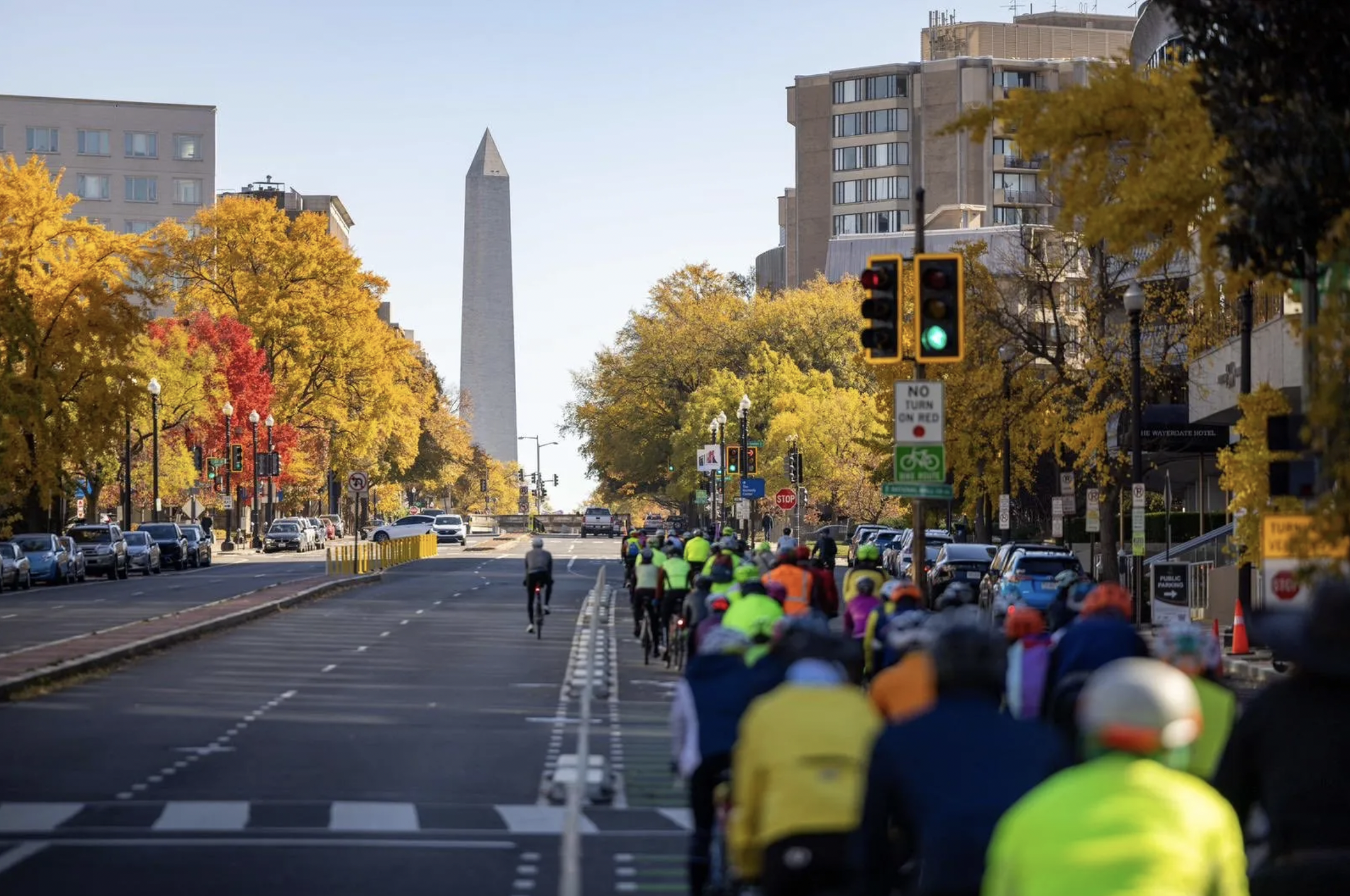Remember the good old days when congressmen used to try to insert riders into spending packages to win money for a project in their home districts?
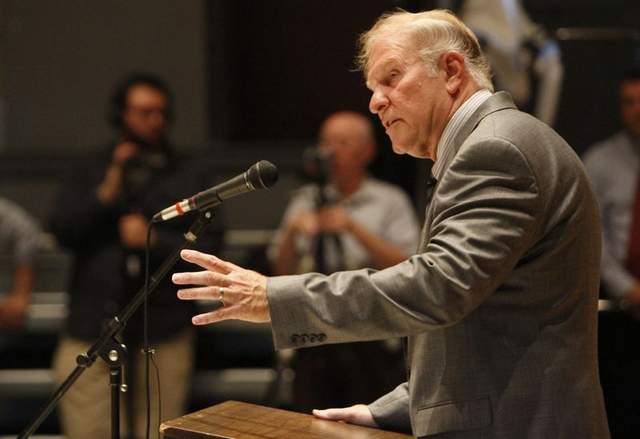
My, how things have changed. Last week, Ohio Representative Steve Chabot welcomed in a contentious new era in transportation policy when he attached a rider to the 2013 Appropriations Bill insisting that no money be spent on a project in his home state. No requests for transfers of any kind. Just, "Hey Congress, please don't send any money back to my state" -- for the Cincinnati Streetcar, anyway. His measure passed in the House by a voice vote at mid-week.
Seem weird? Well, it wouldn't if you had been following this polarizing project. A similar tactic was employed by Ohio Governor John Kasich earlier this year. Not content to strip $50 million in state support for the project through an Ohio Department of Transportation decision, Kasich had a rider inserted in the state budget saying no state money could be used for the Cincinnati streetcar. (At the time, this strategy was so unheard of, project supporters questioned its legality.)
For Chabot and some other powerful officials in the state of Ohio, the Cincinnati Streetcar -- or any new passenger rail development in the state, really -- is a possibility to be avoided with the virulence of a case of chlamydia. Meanwhile, supporters argue the project would connect the region's two largest employment centers, improving access to 100,000 jobs, lowering the cost of living and helping the local housing market recover.
In a way, this project is a microcosm of the fierce, ongoing struggle for the soul of transportation policy in America. Cincinnati voters have twice affirmed their support for the project -- following attempted referendums to stop the project by a local opposition group calling itself COAST.
So what exactly about the Cincinnati Streetcar so irks guys like Chabot and Kasich? Chabot told the Cincinnati Enquirer he'd rather see the money spent on highway projects.
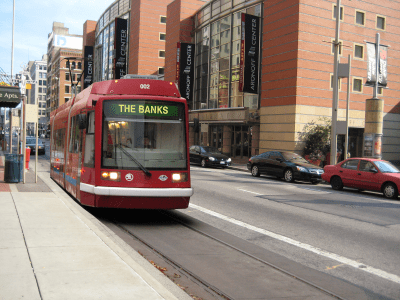
“My amendment is about priorities,” he said. “This project is far from a necessity while projects of high priority like the Brent Spence Bridge and I-71 (Martin Luther King) interchange are left on hold.”
The Brent Spence Bridge? A $2.5 billion, eight-mile double-decked bridge replacement and highway widening. The I-71 interchange: a $59 million highway project, meant to serve a hospital and revitalize an urban neighborhood.
And there lies the fundamental disconnect. In the eyes of a good deal of Ohio's leadership -- typified by Chabot and Kasich -- highways are the highest form of transportation, a source of economic development in which all public layouts serve the fundamental flow of commerce, measured in daily vehicle traffic. Kasich made it clear where his priorities lie when he appointed former asphalt industry lobbyist Jerry Wray to run the Ohio Department of Transportation.
Meanwhile, Cincinnati’s urban dwellers see the Cincinnati Streetcar as a boon to economic development and residency in downtown Cincinnati, Over-the-Rhine and by the University of Cincinnati — where a big portion of the region’s economic activity is concentrated.
Chabot's latest attack isn't likely to stop streetcar supporters. Despite the many assassination attempts the Cincinnati Streetcar has staggered on, using more than $100 million compiled exclusively from federal and local sources -- and not a dime of state money. The project broke ground in February.
Though some streetcar supporters are alarmed about the possibility of a federal funding prohibition, Chabot's rider would only affect expansion plans, since funding for the current phase of construction is already in place. And since Chabot's rider is part of a 2013 spending bill, it would only be good for one year -- if it clears the Senate, and that is a big "if."
Still, you have to think other attacks are coming, even as this project has already overcome so many. And you have to wonder, what are Chabot and Kasich so afraid of?

